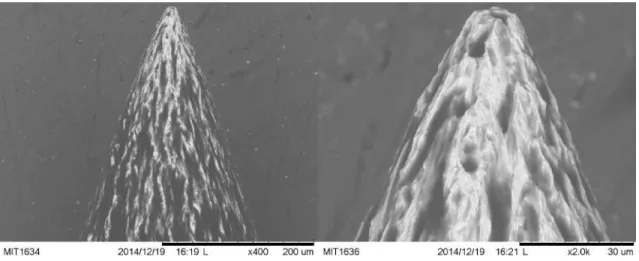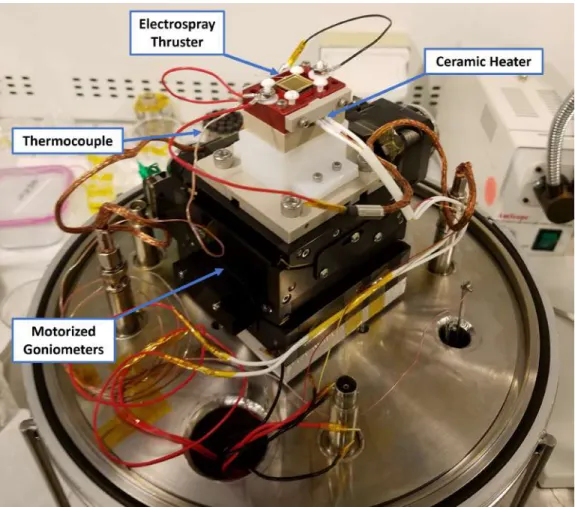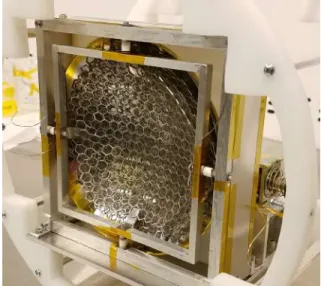Characterization of ion Cluster fragmentation in ionic liquid ion sources
Texte intégral
Figure

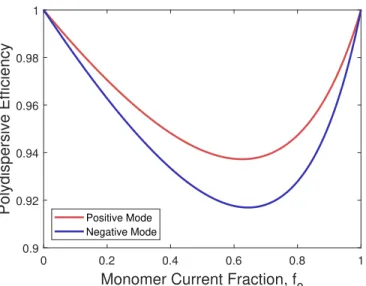
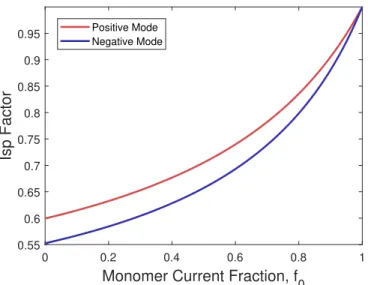
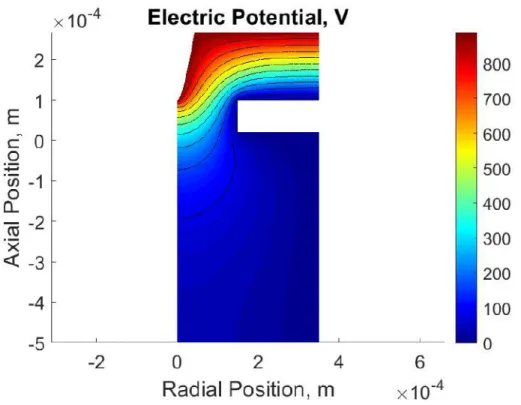
Documents relatifs
L’archive ouverte pluridisciplinaire HAL, est destinée au dépôt et à la diffusion de documents scientifiques de niveau recherche, publiés ou non, émanant des
SIMS microprobe analysis is now readily achieved using Liquid Metal Ion Sources (LMIS) to produce the primary ion beam.. The high brightness and small source size of the LMIS
Auger analysis of the molten droplet surface at temperatures near the alloy melting point revealed large surface concentrations of C (and often N). It was frequently possible
Fig.1 TOF mass spectrum of the source obtained at I=lOpA. cause their presence was obscurred by the much higher count rates of pr2+ and Pr+. Also, the Pr2+ peak is only part of
tail and doubly charged B" ions were hardly observed because of their large evaporation field. Lower energy ion tails are likely explained by charge transfer collision
Abstract - We have developed a theoretical model of Liquid Metal Ion Source (LMIS) operation to explain consistently; i) the shape and size of the ion emitting region, ii)
Either a cross-sectional study, in which only one snapshot of the network is looked at and analyzed; or a longitudinal study, in which several consecutive snapshots of the network
L’archive ouverte pluridisciplinaire HAL, est destinée au dépôt et à la diffusion de documents scientifiques de niveau recherche, publiés ou non, émanant des


